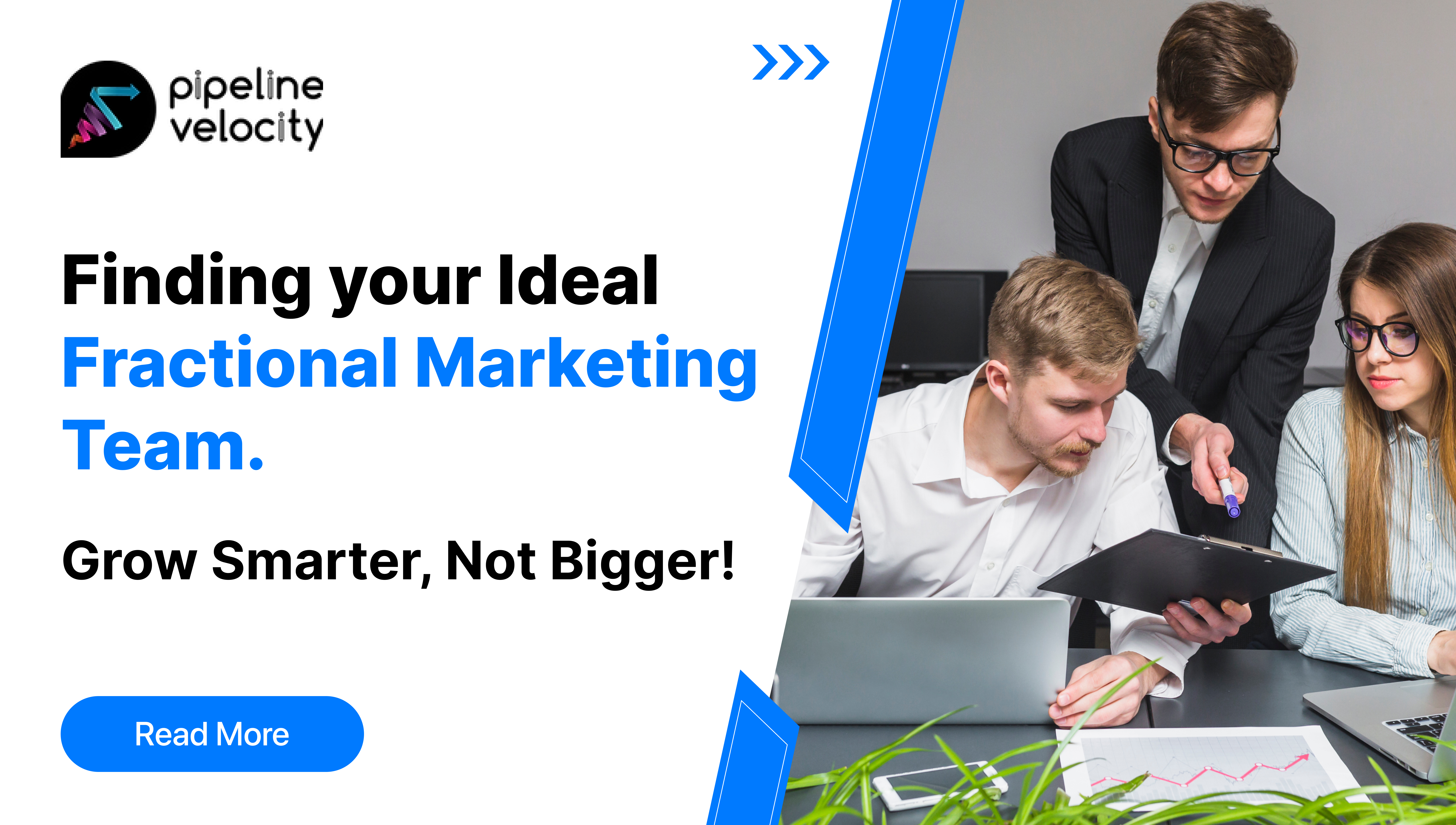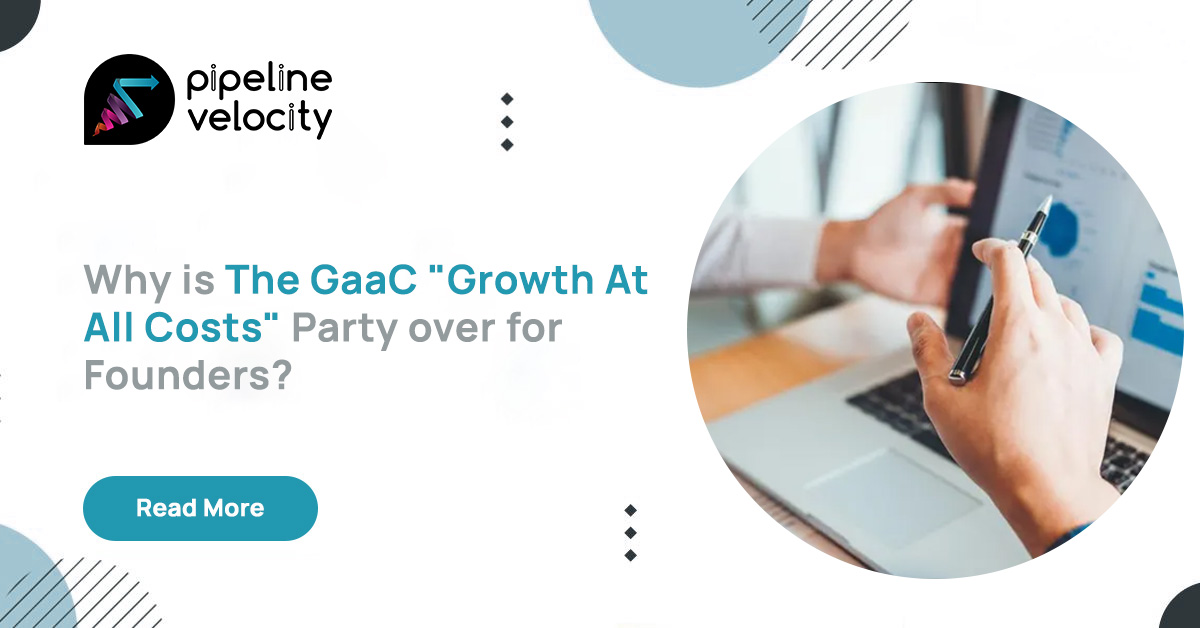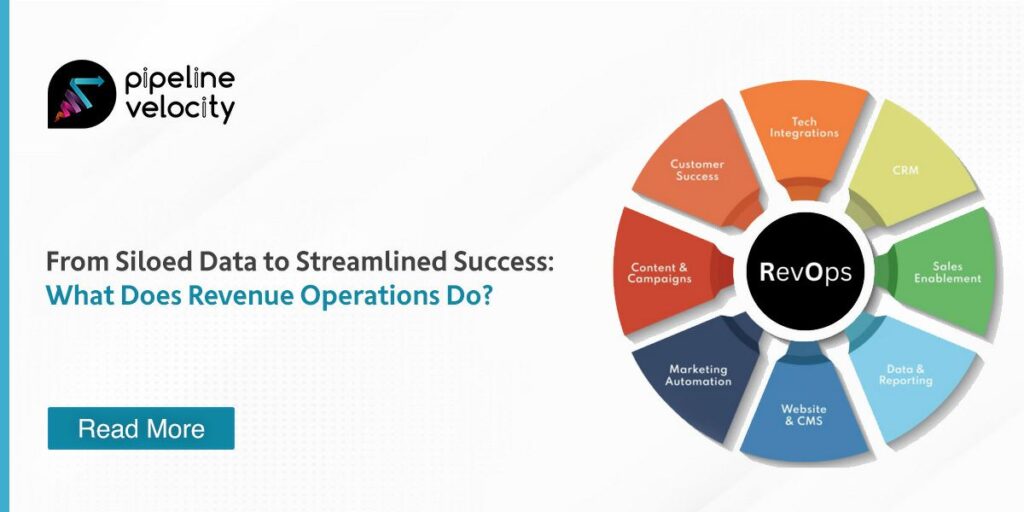Businesses that create a seamless marketing journey stand out in a marketplace where consumers are inundated with myriad messages. No Stitch Left Unsewn isn’t just an adage; it’s a clarion call for meticulous attention to every detail of the customer’s experience. Here’s how an end-to-end (E2E) marketing strategy can be the needle threading together a cohesive brand story.
Decoding End-to-End Marketing
Imagine a quilt representing your brand’s relationship with its customers. Each patch is a touchpoint—social media, email, in-store interactions, etc. E2E marketing is the thread that connects these patches into a harmonious design, considering the spectrum from a customer’s initial awareness to their ultimate advocacy for the brand.
Critical Factors in Crafting a Seamless Journey
1. Customer Insights:
- 3 V’s to Value: Volume, Velocity, and Variety of data help understand consumer behavior, preferences, and pain points.
- Mapping the Journey: Outline the customer’s path to purchase with at least five key stages: Awareness, Consideration, Conversion, Retention, and Advocacy.
- Segmentation for Precision: Identify distinct customer segments, with data suggesting there are typically four to six major ones, allowing for tailored messaging.
2. Brand Consistency:
- Uniformity Across Channels: Approximately 90% of consumers expect consistent channel interactions.
- The Style Guide: Employ a robust brand style guide that prescribes specific colors, fonts, and tones, ensuring that communications across the projected seven to eight customer-facing departments remain consistent.
3. Omnichannel Presence:
- Integration Over Isolation: Omnichannel strategies can deliver a 250% higher purchase frequency rate than single-channel marketing.
- Customer Relationship Management (CRM) Investment: 87% of businesses now use a cloud-based CRM solution to manage customer information and provide a unified brand experience.
4. Personalization:
- Data-Driven Decisions: 80% of shoppers are more likely to buy from a company that offers personalized experiences.
- The Power of AI: Leverage artificial intelligence to analyze the thousands of data points and create personalized journeys.
5. Technology and Automation:
- Automating for Efficiency: Up to 30% of marketing activities can be automated, potentially freeing time for strategic thinking.
- Tech Stack Synergy: Choose tools that integrate and communicate to build a cohesive technology ecosystem.
6. Agility:
- Rapid Response: Be prepared to tweak campaigns within hours, as 72% of marketers believe agility is critical to success.
- Iterative Approach: Implement feedback loops and allow for real-time campaign adjustments.
Ready to unlock the full potential of your marketing strategy?
Schedule a free 1-on-1 consultation with Pipeline Velocity. Discover the transformative power of our E2E marketing strategies, designed to elevate your brand, boost customer satisfaction, and drive unparalleled business growth. Keep your marketing journey from unraveling; choose Pipeline Velocity, where success is crafted one stitch at a time. Your brand’s distinctive narrative begins here – schedule your free consultation now and experience the difference of a tailored, end-to-end approach.
Balancing Tradeoffs
The art lies in orchestrating these elements, much like a conductor leading an orchestra, each instrument playing its part in perfect harmony. But with every decision, there’s a give and take:
- Personalization versus Privacy: The challenge is to balance the 75% of consumers who like it when brands personalize messaging and offer with the 86% concerned about their data privacy.
- Consistency versus Customization: Ensuring a uniform brand message while adapting to local markets can increase campaign effectiveness by as much as 20%.
- Technology versus Touch: Digital tools enhance efficiency but can only partially replace the human touch that 67% of customers still crave at specific points in their journey.
Challenges and Approaches
Deploying an E2E strategy isn’t without its hurdles:
1. Data Integration:
- The Silo Syndrome: Overcome this by consolidating customer data from potentially dozens of sources into a central repository.
- Real-time Relevance: Aim for the capability to act on data within minutes to hours, not days.
2. Resource Allocation:
- Cost versus Impact: Decide if the 50% increase in the marketing budget for technology is justifiable by the returns it might bring.
- Skillset Swivel: Invest in cross-functional teams, as 73% of managers believe a varied skill set is more critical than ever.
3. Customer Experience Management:
- Consistent Quality: Standardize the customer experience across potentially hundreds of touchpoints.
- Training and Development:40% of employees with poor training leave their jobs within the first year; invest in ongoing training.
4. Keeping Pace with Innovation:
- Trend Tracking: Balance jumping on the bandwagon of the latest trends while maintaining core brand values.
- Innovation Investment: A statistic suggests that brands investing 10% or more of their revenue in innovation outperform the market average.
Impact Considerations
Each decision can significantly affect brand reputation and profitability. A choice that boosts short-term sales by 10% detracts from a long-term relationship if not executed with the future in mind.
The Importance of a Seamless Journey
Offering a cohesive, seamless journey is not an option but an imperative in a world where a single negative experience can sway a customer’s loyalty. A study reveals that reducing customer effort can increase customer spending by up to 20%.
End-To-End Services
An end-to-end marketing agency is a full-service provider that supports clients through every stage of their marketing journey, from initial strategy development to campaign execution and analysis. To cater to the vast needs of diverse clients, such an agency must offer a comprehensive set of services. Here are the must-have offerings:
1. Strategic Planning and Consulting:
An end-to-end agency should start with in-depth consulting services, employing tools like SWOT analysis and market segmentation to develop a roadmap tailored to the client’s goals. This phase often includes creating a strategic plan that might cover 12 months, with quarterly reviews to adjust tactics as needed.
2. Brand Development:
Developing a solid brand identity, including elements such as a logo, color scheme, and messaging, is essential. The agency might provide the client with 3 to 5 distinct brand concepts.
3. Market Research and Consumer Insights:
To create targeted campaigns, the agency must offer market research services, often deploying surveys to thousands of potential customers to gather data about preferences, behaviors, and trends.
4. Content Creation and Management:
Content is king in marketing, and the agency must be skilled at producing a wide variety of content types, from blog posts and e-books to videos and infographics, possibly generating upwards of 50+ pieces of content monthly, depending on the client’s size and needs.
5. Digital Marketing:
Services should include search engine optimization (SEO), pay-per-click (PPC) advertising, email marketing with a typical open rate goal of 20% or higher, and social media management across at least four major platforms: Facebook, Twitter, LinkedIn, and Instagram.
6. Website Development and Optimization:
– The agency should build responsive, aesthetically pleasing, and user-friendly websites, managing 5 to 10 website projects simultaneously for various clients.
7. Data Analytics and Reporting:
To measure the effectiveness of marketing efforts, the agency must offer data analytics services, providing at least monthly reports that show key performance indicators like traffic, conversion rates, and customer engagement.
8. Sales Enablement:
Close alignment with sales teams is critical, so the agency should provide tools and content that assist sales personnel in converting leads, such as sales scripts, presentation templates, and prospect nurturing sequences.
9. Customer Experience (CX) Design:
An agency needs to map and optimize the customer journey, focusing on touchpoints ranging from 5 to 20+ interactions across various channels.
10. Public Relations and Communication:
This service encompasses managing media relations, press releases (with targets of at least one release per month), and crisis communication, ensuring clients maintain a positive public image.
11. Event Planning and Management:
The agency should plan and execute events, ranging from webinars to large-scale conferences, with the ability to manage multiple events each quarter.
12. Marketing Automation and CRM Solutions:
Implementing and managing marketing automation systems and CRM platforms is a must, with a typical setup including integration with at least 3-5 other systems for comprehensive data capture and workflow automation.
13. Regulatory Compliance and Privacy Management:
Ensuring marketing activities comply with relevant laws and regulations, like GDPR and CCPA, with a standard protocol for all campaigns to prevent legal issues.
14. Creative Design Services:
Offering graphic design for digital and print media, potentially producing hundreds of unique designs annually tailored to client campaigns and branding.
15. Video Production and Animation:
The agency should be able to produce professional video content, potentially creating a minimum of 10-20 videos a year for various marketing initiatives.
16. Influencer Partnerships and Management:
Managing relationships with influencers across industries, negotiating contracts, and tracking campaign performance.
These services ensure that an end-to-end marketing agency can meet the holistic needs of its clients, driving growth and enabling them to navigate the complex digital landscape effectively.
The Pricing Considerations
Determining the average pricing structure for an end-to-end marketing agency can be complex, as costs can vary widely depending on the services provided, the agency’s expertise and reputation, the client’s specific needs, and geographic location.
Agencies typically offer several pricing models, including hourly rates, project-based fees, retainer agreements, or a combination thereof.
Project-Based Fees:
- Small-scale projects, such as a basic website design, could range from $5,000 to $20,000, depending on the complexity and functionality required.
- A comprehensive branding or rebranding project may cost $10,000 to $50,000.
- Content creation packages could start at $2,000 monthly for basic needs and exceed $20,000 for extensive, high-quality content strategies, including video and interactive media.
- Full-scale, multi-channel marketing campaigns cost between $25,000 and $100,000 or even higher, based on the campaign duration, assets required, and the breadth of channels and tactics employed.
Retainer Agreements:
- Small to mid-sized businesses expect a monthly retainer from $3,000 to $15,000.
- A large corporation with extensive and ongoing marketing needs could see retainers ranging from $20,000 to $100,000 monthly or more, reflecting the required attention and breadth of services.
Performance-Based Pricing:
Some agencies may offer performance-based pricing where costs are tied to specific outcomes, such as a percentage of the sales generated from the campaign. However, this can vary widely and might involve a base fee and performance incentives.
Other Considerations:
- Less tangible factors like the agency’s track record, service demand, and client urgency can influence pricing.
- Many agencies provide custom quotes after assessing the scope and requirements of each client’s needs, which means pre-defined package prices are less everyday for comprehensive strategies.
- Some agencies offer discounts for long-term contracts or bundle services at a reduced overall rate.
In a dynamic and competitive market, pricing structures are subject to change based on industry trends, economic conditions, and the evolution of marketing technologies. It’s also important for businesses to consider the potential return on investment (ROI) of marketing activities when evaluating the cost of hiring an end-to-end agency.
Conclusion
Like a master tailor who ensures every stitch is perfect, a marketer must weave together a strategy with no loose ends. An E2E marketing strategy demands a symphony of data-driven insights, cross-channel harmony, and real-time responsiveness to create a tapestry that draws the gaze and invites the onlooker into a lasting relationship with the brand. It is an intricate, ongoing endeavor that promises a profound and enduring resonance with the customer.
Are you stuck in Startup Purgatory? Pipeline Velocity Is Your End-To-End Marketing Expert!
Is your sales pipeline sluggish? Do you need help with conversion limbo with leads gathering dust instead of generating cash? Don’t settle for slow growth – ignite your revenue engine with Pipeline Velocity, the ultimate RevOps solution for startups and small businesses.
- Data-driven insights: Unmask hidden sales bottlenecks and uncover golden customer behaviors.
- Automated workflows: Ditch tedious tasks and focus on closing deals, not spreadsheets.
- Seamless integrations: Connect your favorite marketing tools (think Salesforce, HubSpot, Marketo – you name it!) for a unified data symphony.
- Expert guidance: Our growth strategists are your Yoda, ready to train you in RevOps mastery.
But wait, there’s more! For a limited time only, unleash your inner unicorn with our Startup Booster Program:
$6,000 in credits to fuel your marketing engine across any of our Activate, Accelerate, and Thrive plans.
Exclusive access to webinars and workshops packed with actionable RevOps hacks.
Priority support from our growth gurus – consider them your personal Obi-Wan Kenobis.
This is your chance to ditch the bootstrapper blues and rocket to revenue Valhalla. Don’t let this limited-time offer vanish like a unicorn emoji in a text thread.
Frequently Asked Questions: End-to-End Marketing Strategy
1. What is an end-to-end (E2E) marketing strategy, and why is it crucial for businesses?
An E2E marketing strategy is a comprehensive approach that connects various touchpoints in a customer’s journey, ensuring a cohesive brand experience from awareness to advocacy. It’s crucial in a saturated marketplace to help businesses stand out by creating a seamless marketing journey.
2. How can I visualize the concept of E2E marketing using the quilt analogy?
Think of a quilt where each patch represents a touchpoint like social media, email, or in-store interactions. E2E marketing acts as the thread stitching these patches into a harmonious design, reflecting the entire customer experience.
3. What are the critical factors in crafting a seamless marketing journey?
Key factors include obtaining customer insights through data analysis, ensuring brand consistency across channels, establishing an omnichannel presence, personalizing experiences, leveraging technology and automation, and maintaining agility for real-time adjustments.
4. How can businesses balance tradeoffs in marketing decisions?
Businesses must carefully balance tradeoffs, such as personalization versus privacy, consistency versus customization, and technology versus a human touch. It’s about making decisions that align with customer preferences and enhance brand experience.
5. What challenges are associated with deploying an E2E marketing strategy?
Challenges include data integration to overcome silos, resource allocation for technology, compelling customer experience management across touchpoints, and keeping pace with innovation while maintaining core brand values.
6. What services does an end-to-end marketing agency typically offer?
E2E marketing agencies offer strategic planning, brand development, market research, content creation, digital marketing, website development, data analytics, sales enablement, customer experience design, public relations, event planning, marketing automation, creative design, video production, influencer partnerships, and regulatory compliance services.
7. How are end-to-end marketing agency services priced?
Pricing varies based on hourly rates, project-based fees, retainer agreements, and performance-based pricing. Costs can range from hourly rates for junior staff ($50-$150) to project fees for comprehensive campaigns ($25,000-$100,000+).
8. How can businesses determine the right pricing model for their marketing needs?
Businesses should consider factors like the scope of their marketing needs, the complexity of the projects, the expertise required, and the desired outcomes. Custom quotes based on individual requirements are common, and long-term contracts or bundled services may offer









